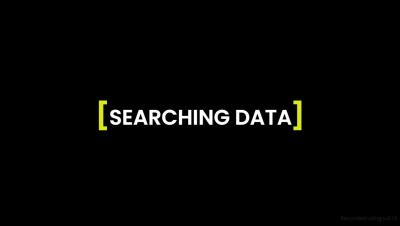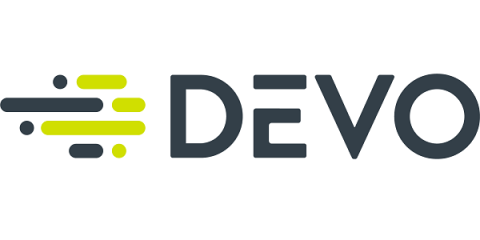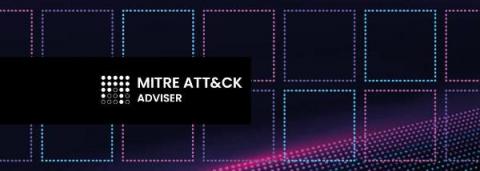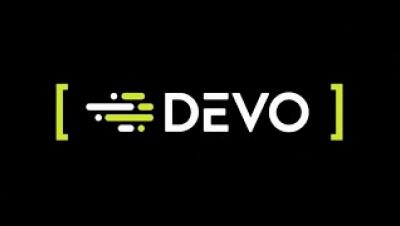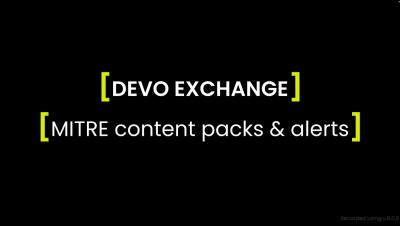Security | Threat Detection | Cyberattacks | DevSecOps | Compliance
Devo
Is Your Supply Chain Partner Your Biggest Security Blind Spot?
Supply chain security issues are not exactly new. High-profile attacks, like SolarWinds in 2020, were a big wake-up call for many people because they brought home just how far-reaching and destructive these attacks could be. The threat from supply chain partners remains one of the most significant risks to security beaches. The SANS 2023 Attack and Threat Report found that 40% of breaches in 2022 occurred through supply chain partners.
Searching data - The Field viewer
Identify Gaps and Thwart Attacks with Devo Exchange and the MITRE ATT&CK Framework
The MITRE ATT&CKⓇ framework holds immense value in the realm of cybersecurity. With its comprehensive and structured approach, it serves as a powerful tool for understanding and countering complex, multi-vector cyber threats.
5 Telltale Signs You're Running a Cloud-Hosted - Not a Cloud-Native - SIEM
The necessity of a SIEM for organizations and their security teams has evolved dramatically over time. It has gone from edge use cases and compliance to the current preferred form of threat detection, hunting, and incident response. As the use cases have changed, so has the architecture. As a result, organizations that have been running their SIEM on-premises are now looking for modern architectures to reduce the workload on their analysts. The simple choice: SaaS, of course.
Are Your Threat Hunters Too Distracted?
Threat hunters are some of the most specialized and experienced workers in the SOC. They are incredibly valuable to the organization, but as the 2023 SANS Threat Hunting Survey finds, they’re continually being asked to multi-task and take on other duties. And that’s taking away from their primary job of hunting for threats. How can we change this status quo and help threat hunters (and the organizations they work for) be successful? That’s the million-dollar question.
Devo Exchange - MITRE ATT&CK Adviser
Devo Exchange - MITRE content packs & alerts
Fewer Organizations Outsourcing SOC Activities in 2023
For years, security leaders have debated the advantages of building in-house security operations centers or outsourcing the SOC function to a third party. Both options have their pros and cons. The best choice for each organization depends on a few factors: the type of threats it encounters, the resources it has at its disposal, the complexity and breadth of their attack surface, and the commitment it wants to make to advanced threat hunting.
Watershed Moment for Responsible AI or Just Another Conversation Starter?
The Biden Administration’s recent moves to promote “responsible innovation” in artificial intelligence may not fully satiate the appetites of AI enthusiasts or defuse the fears of AI skeptics. But the moves do appear to at least start to form a long-awaited framework for the ongoing development of one of the more controversial technologies impacting people’s daily lives. The May 4 announcement included three pieces of news.


